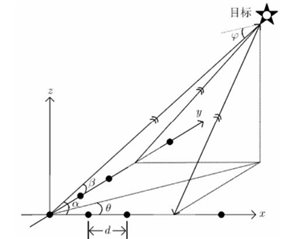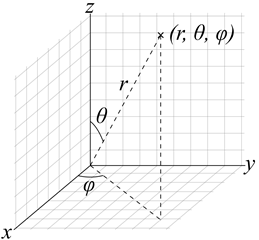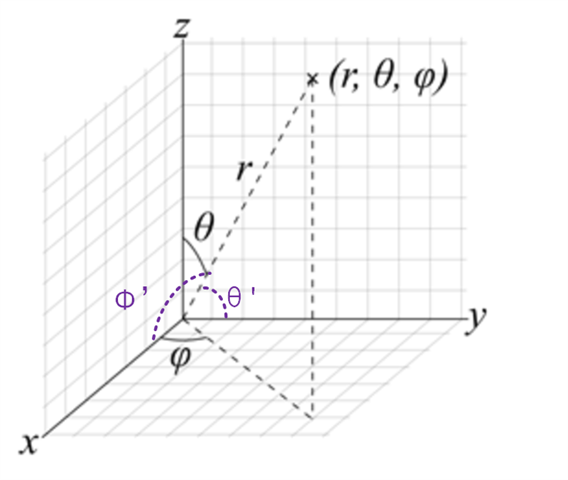Dear TI,
I use AWR2243 four chip cascade board (RF-EVM+DSP-EVM) and Ti's matlab program (4chip_cascade_MIMO_example). I have questions about obtaining target azimuth angle and elevation angle in matlab.
In matalb program, the results of direction-dimension FFT and pitch-FFT are directly used as the azimuth angle and elevation angle pitch of the target,as shown in Figure 1:

figure 1
Then, the target is drawn in 3D through coordinate transformation, as shown in figure 2

figure2
My question is:
In the array geometric relationship, there is a difference between the true azimuth (elevation ) angle of the target and the included angle of the x-axis (y-axis), as shown in figure 3

figure 3 An example。
Why is this relationship ignored in the process of angle calculation in MATLAB?
Why can we directly use the angle obtained by two FFTs, ignoring the coupling relationship between them?



